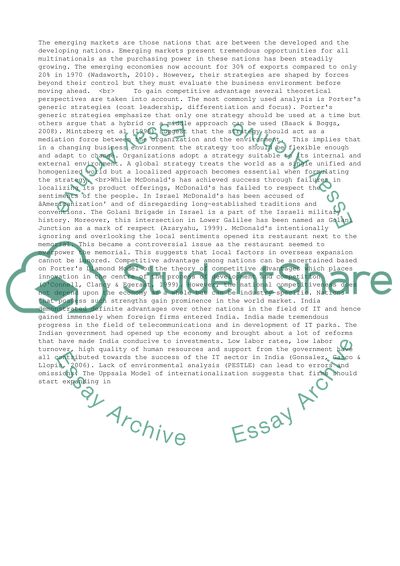Cite this document
(“Strategies Of Multinational Organizations In This World Of Research Paper”, n.d.)
Retrieved de https://studentshare.org/business/1390524-strategies-of-multinational-organizations-in-this-world-of-globalization
Retrieved de https://studentshare.org/business/1390524-strategies-of-multinational-organizations-in-this-world-of-globalization
(Strategies Of Multinational Organizations In This World Of Research Paper)
https://studentshare.org/business/1390524-strategies-of-multinational-organizations-in-this-world-of-globalization.
https://studentshare.org/business/1390524-strategies-of-multinational-organizations-in-this-world-of-globalization.
“Strategies Of Multinational Organizations In This World Of Research Paper”, n.d. https://studentshare.org/business/1390524-strategies-of-multinational-organizations-in-this-world-of-globalization.


